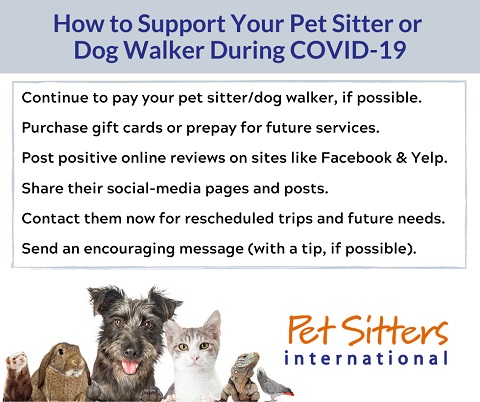
I saw this scenario come through my Reddit feed. Two U.S. companies are in the same industry and using the same name for their brand. One has the dot-com web domain. The other has registered the brand as a trademark with the U.S. Patent and Trademark Office (USPTO). Which company should get to use the brand and force the other to change their name?
Timing Matters: Who Was First
The answer to every legal question starts with “It depends,” and here it depends on which company was using the mark in commerce first. By “use” I mean which company made the first bona fide offer for sale to the public, not who came up with the idea for the brand first.
Option #1: You Started Using the Domain Before They Registered the Trademark
If two companies in the same industry the U.S. are using the same trademark, but not one has registered it with the USPTO, then each one can establish what are called common law rights in the mark in the geographic areas where they are respectively using the trademark. They can co-exist peaceful as long as one doesn’t try to infiltrate the other’s established geographic market.
Here’s what happens when they register the trademark with the USPTO – they get the exclusive right to use the trademark everywhere in the U.S., except within your established geographic area at that time. It’s like a snow globe drops over your geographic market. They can’t go into your area, but you can’t expand your market beyond that boundary. This is what happened when the chain Burger King registered their trademark and there was a mom-and-pop restaurant with the same name already in existence. If you want to expand your geographic market beyond that invisible boundary, you have to rebrand.
These rules are easier to follow when businesses were brick and mortar establishments. Now that commerce is largely internet-based, a company is likely to naturally expand merely by being online. You probably can’t add any new social media platforms using the trademark without them claiming your infringing on their intellectual property rights.
If you come to me with this situation, unless you’ve established nationwide common law rights before they registered the trademark, it’s often best to save your money on litigation and rebrand instead.
Option #2: They Registered the Trademark Before You Start Using the Domain
Remember, when they registered their trademark with the USPTO, they got the exclusive right to use their trademark everywhere in the U.S. except any geographic area where you established your market for the same mark prior to that date. If they registered before you started using the mark at all, you can’t enter the marketplace using that trademark in that industry. They win. You lose. You have to rebrand.
What if it’s the same situation, but you were using the mark before they registered but you hadn’t created the website yet? Publishing the website after they registered, even if you were already selling the product using that brand, would be an act that would expand your market beyond your now-limited established geographic area, which is not allowed. I would expect them to send you a cease and desist letter demanding that you take down the website.
Getting the Domain is Not Proof to Trademark Availability
A lot of people make the mistake of thinking that if they can get the dot com domain they want that there aren’t any trademark issues that they need to worry about. There are many reasons why a company might not get the dot com of the trademark, even if it was available:
- They are using another type of domain, like .org.
- They are only use companyname.com for their website and not get separate domains for each of their brands or other trademarks used by the company.
- You and they have trademarks that sound the same but spelled slightly different.
- You and they have slightly different domains, such as XYZ.com and TheXYZ.com.
When I’m working with a client on selecting a company name, product name, or other trademark, I encourage them to search for their prospective trademark on the internet as well as on the USPTO database. What’s tricky about this is that even if you don’t find an exact match to the trademark you want to use, there could be one out there that is confusingly similar to the one you want to use. It’s best to do as thorough of a search as possible before investing your time and money into your brand.
Can the Trademark Owner Force You to Give Them the Domain?
There are lots of reasons why a person or company would have a domain that matches your registered trademark that don’t violate your intellectual property rights. If it’s a situation where your website infringes on their rights, they can demand that you remove the website. It doesn’t mean they can force you to give them the domain, though that is something you can try to leverage. They can always offer to buy it off you. (I often advise my clients wait for them to offer to buy it first so as to avoid looking like a cybersquatter.)
If they are willing to fight you for the domain, there is a risk that they may file a claim against you in court or under the Uniform Domain-Name Dispute-Resolution Policy (UDRP). If you find yourself in a trademark dispute where you have the coveted domain, it’s best to consult a trademark attorney who can examine your specific situation, explain your options, and advocate on your behalf.
Do You Want More?
I send out a newsletter every other week with stories, suggestions, and tips from work as a lawyer, writer, and speaker. If you want this in your inbox, please add yourself to the list.












